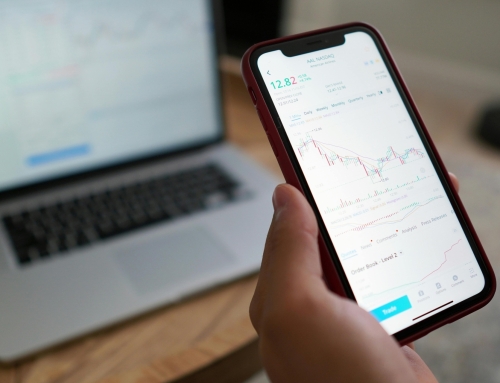The Bowser Growth Fund’s short life and lasting effects
After “The Wacky World of Investing” in last month’s newsletter, you may be surprised to learn that there was a time when The Bowser Report was actually in the mutual fund business. Founder R. Max Bowser began his own fund based on The Bowser Report’s investment principles (the Game Plan). Known as the Bowser Growth Fund, its life was short, but its effects altered our publication’s future.
CREATION
The late 1970s marked an incredible bull market for low-priced stocks. The time period also marked the beginning of The Bowser Report as a publication (1976). Within the publication’s first ten years, R. Max Bowser and the newsletter reached a number of significant achievements, one of them being the creation of the Bowser Growth Fund in May of 1984.
Managed by John Pasco III, the Fund’s goal was simple: provide investors with a different and simple way to invest in the Bowser Game Plan. Unlike most other funds, the Bowser Fund kept investment costs to a minimum by:
Not charging a load fee. The fund only charged a 1.25% management/distribution fee, which was levied on the investor’s assets. For example, an investor buys $1,000 worth of Bowser Growth Fund. All of the initial capital goes to purchasing ownership in the fund. The fee is charged after a period of time on the current asset value. So, if the holdings depreciate to $500, the investor pays 1.25% of the $500. Same deal if the value appreciates.
Requiring just a $300 first-time minimum purchase. All you needed to get started in the Bowser Growth Fund was $300. After the initial investment, the minimum purchase went down to $50 for additional purchases.
Allowing withdrawals without a fee. If an investor wanted out of the fund, there was no fee for taking his or her money out.
The Bowser Growth Fund seemed to have it all worked out. Investors paid very little up front to be a part of a booming low-priced marketplace.
PROGRESS
Investors took little time to jump aboard Max and John’s creation. Two months after The Bowser Report announced the Fund’s beginning, the publication reported 1,800 total shareholders. The Fund also had over $1.5 million invested. Although it might not seem like much, Max said, “We still think like a small town Ohio Boy, and a million dollars is one helluva lot of money.”
In March 1985, less than a year after it began trading, the Fund paid its first dividend. Representing exactly 1% of the net total assets, the dividend amount was $0.0276 per share.
DOWNFALL
In late 1988, an English group took over the fund, changing its principles to invest internationally. The fund became known as the Vontobel European/Pacific Fund, and no longer was oriented towards low-priced issues.
Regrettably, the Bowser Growth Fund never quite took off. On Index Fund Advisors, Inc’s list of “Dead Mutual Funds,” the Bowser Growth Fund clocks in at a lifetime loss of 49.3%, in just over four years of trading (05/01/1984 to 11/30/1988). We turn to Max’s own words in the Aug ‘92 newsletter to describe the Fund’s shortcomings:
“Frankly, the Bowser Growth Fund had a miserable performance.
“The timing was poor. A great bull market in low-priced stocks that had started in the latter part of the 1970s ended in 1983. But, the primary reason was that our Game Plan didn’t exist then in the form that it does now.”
EFFECTS
Shown in the quote above, just four short years after the Index came to its end, Max was already hinting at its long-term effects on the Bowser investment system. Continuing the quote, Max said, “We learned a bunch from operating the Fund. We sharpened our stock selection process. For example, in Jan ‘88, we began selecting just one stock a month. Previously we had picked two. The concentration paid off.”
Now, almost 25 years after the Bowser Growth Fund ceased trading, the Bowser Game Plan stands vastly refined from the newsletter’s beginning. The core has remained in tact: only buying stocks $3 or less per share, diversifying between 12 to 18 issues, selling half of the holdings at the double, etc. However, we have added certain aspects to ensure maximum profits and minimum losses.
All of these changes were not directly related to the Fund. However, Max’s experiences in selecting the fund’s holdings and other experiences along the way shaped today’s Bowser investment philosophy. The best part, everything that was and is done is for the good of our subscribers and followers, whether creating a low-cost mutual fund, choosing to only select one issue a month or further refining our Game Plan.
[hr]
The Bowser Report is a monthly financial newsletter that specializes in small stocks trading for $3/share or less. Our goal is to provide the individual investor with relevant information on microcap stocks. Each month, we recommend a new company, provide information on past recommendations and report news surrounding the microcap marketplace.
Become a member of The Bowser Report now for just $59/year!

Information in this blog post contains references to past Bowser recommendations. This blog post contains no recommendations, and instead relies on data gathered on past recommendations from sources thought to be reliable.






Leave A Comment